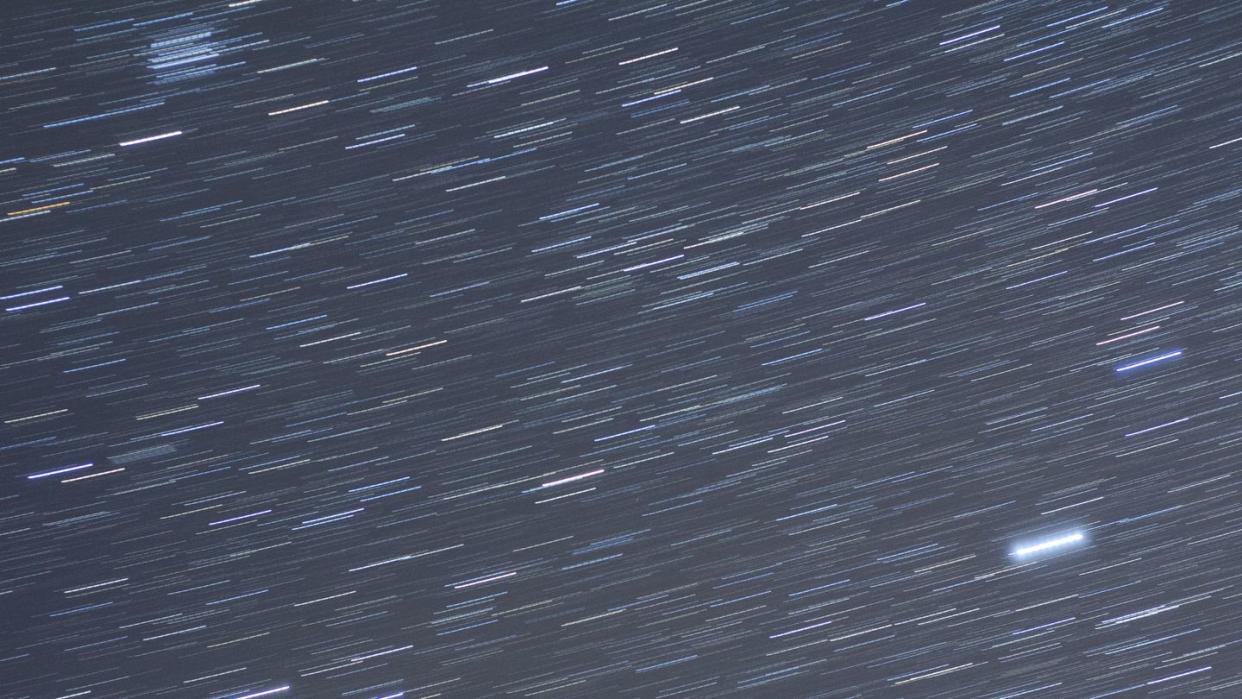Millions of Years Ago, Stars Passed in the Night—and Changed Earth’s Climate

"Hearst Magazines and Yahoo may earn commission or revenue on some items through these links."
When trying to understand Earth’s evolution, scientists sometimes rewind Solar System simulations to understand our planet’s past orbit—but these simulations don’t take other stars into effect.
As our Sun travels around the Milky Way, it sometimes experiences “stellar encounters” with other stars that can pass millions of miles from our star.
A new study takes into account one stellar encounter 2.8 million years ago that could help explain climate anomalies throughout Earth’s 4.6 billion-year-long history.
Both science and science fiction have dreamed up multiple ways that the Earth could meet its doom. The Sun expanding into a red giant is definitely a likely death knell, though an Earth-annihilating asteroid would probably sell more tickets at the box office. But there’s another potential killer lurking out in the cosmos that could spell the world’s end—a close encounter of the stellar kind.
Back in December of 2023, the University of Bordeaux’s Sean Raymond and his colleagues calculated that if a star passed within 100 astronomical units (or AU, the average distance between Earth and the Sun) of our planet, there is a one percent chance that it could possibly smash Earth into another planet, eject it into the outer researches of the Solar System, or even capture it and make the Earth a resident of an all new Solar System—with the unfortunately side effect of killing us all.
Now Raymond and Nathan Kaib, a senior scientist at the Planetary Science Institute have a new shocking revelation about these possible close encounters—one may have already happened. A stellar visit like this may have possibly occurred 2.8 million years ago, and could have been mucking with our understanding of Earth’s evolution. The results of the study were published in the The Astrophysical Journal Letters.
“Perturbations…from passing stars alter the long-term orbital evolution of the Sun’s planets, including Earth,” Kaib said in a press statement. “One example of such an episode is the Paleocene-Eocene Thermal Maximum 56 million years ago… It has already been proposed that Earth’s orbital eccentricity was notably high during this event, but our results show that passing stars make detailed predictions of Earth’s past orbital evolution at this time highly uncertain.”
Although the typical grade school of view of Earth’s place in space is snug between Venus and Mars in a flat plane around our Sun, the truth is our host star is also on its own journey (along with a hundred billion other stars) around the center of the Milky Way, the supermassive black hole known as Sagittarius A*. During this journey, other stars can come close to our own and impact the planets’ orbits, including Earth’s. These stellar interlopers pass within 50,000 AU every 1 million years, and even 10,000 AU every 20 million years. The gravitational perturbations they cause first affect the big planets in our Solar System—Jupiter, Saturn, Uranus, and Neptune—which then impact the smaller, inner planets.
To understand Earth’s past climate, scientists rewind Solar System simulations, but many of those models only look at the system in isolation—not within the churning dynamism of the Milky Way itself. Kaib and Raymond focus on one event 2.8 million years ago, when HD 7977 passed somewhere between 31,000 and 4,000 AU from our star. Although the star would have little impact on Earth on the high end, the team’s results show that lower end simulations are enough to impact the Earth’s orbit, skewing what we know about our planet’s evolution in the distant past.
“One reason this is important is because the geologic record shows that changes in the Earth’s orbital eccentricity accompany fluctuations in the Earth’s climate,” Kaib said in a press statement. “If we want to best search for the causes of ancient climate anomalies, it is important to have an idea of what Earth’s orbit looked like during those episodes.”
This is only one known encounter of the many stars that have likely swung by the Solar System—and who knows what effect those drop-ins have had on our little corner of the universe.
You Might Also Like

